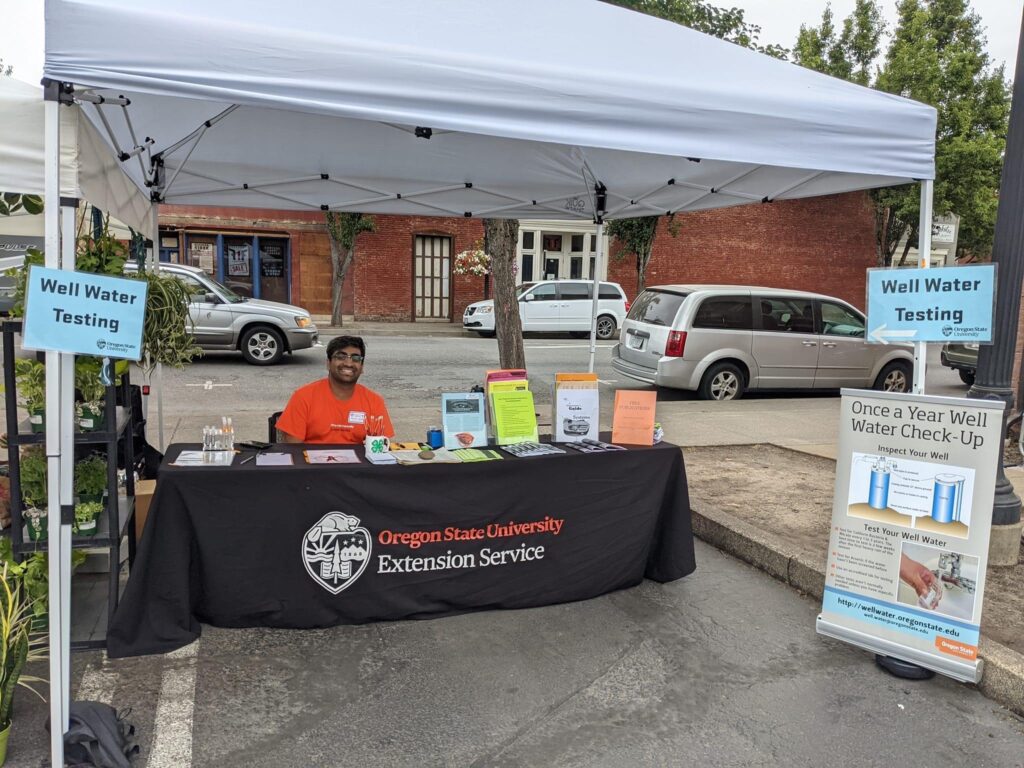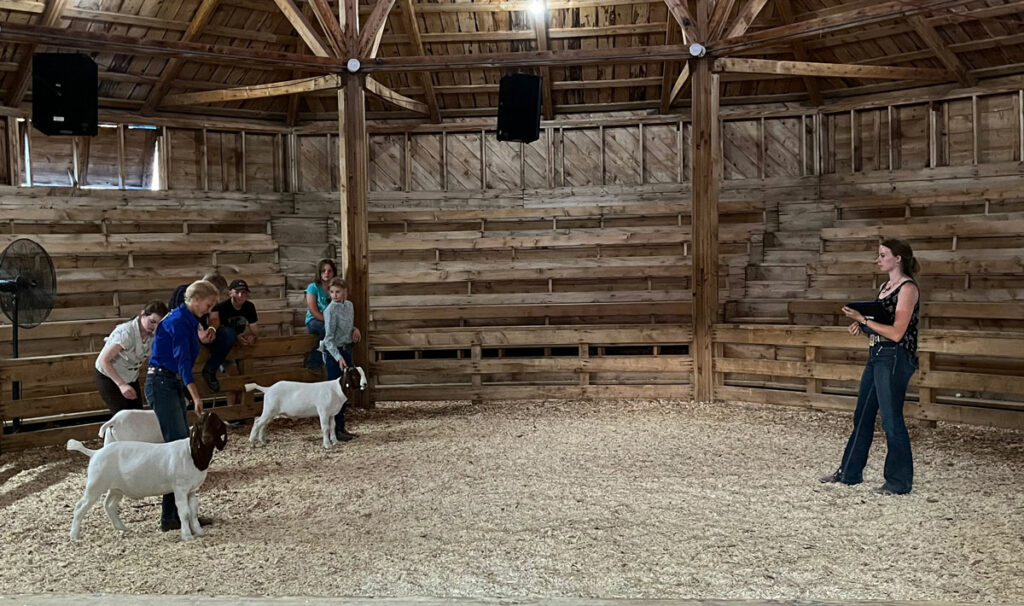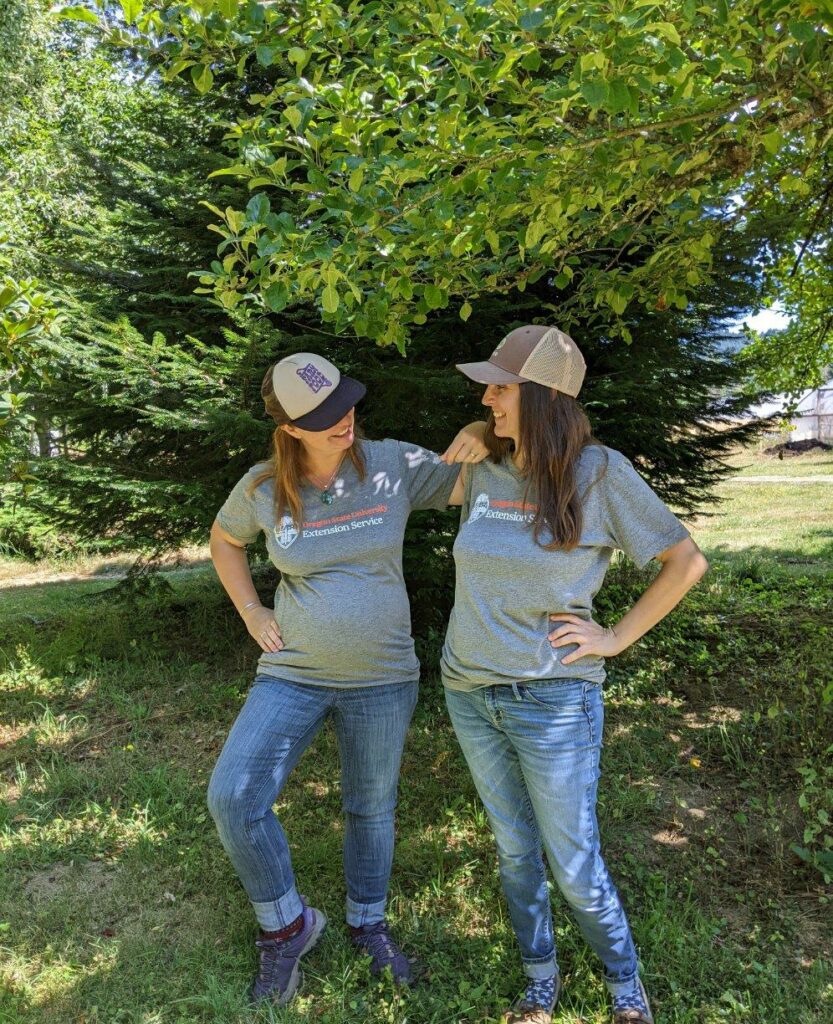
This summer, I was given the opportunity to integrate public health initiatives into the OSU Extension Well Water Program with Chrissy Lucas in Benton, Linn, Lane, Marion and Polk counties. I was fortunate enough to interview several healthcare professionals, public health and environmental science professors and groundwater experts to learn more about the intersectionality of health promotion and disease prevention. I was able to interact with individuals from several different county health departments, the Oregon Water Resources Department, and professors at the Oregon Health & Science University and Portland State University who specialize in science implementation, public health policy promotion and control interventions.
To help bring more awareness to the Well Water Program I collaborated with the different Extension Service offices and with campus resources to design and display posters and encourage the public to get their well water tested. I also helped with the Be Well Project study in Jackson County and sent out many letters and postcards to the five counties about upcoming nitrate screening clinics.
With my internship coming to an end, I’m writing a final report for Chrissy and the Southern Willamette Valley Groundwater Management Area Committee on how information relating to nitrate and other contaminants in domestic wells can be shared with other healthcare professionals. What I have learned is that well owners who perceive themselves as having more control over the problems within their wells are more likely to test and perform well maintenance.
A big shout out to Chrissy, my fellow interns Briauna Herrick and Kelci Free, Nicole Mason, the office specialist in the Extension office in Benton County; and many others for their enthusiasm and for helping me grow. Before this summer, I think I had gone to only one farmers market, but with this internship, I was able to visit many farmers markets, meet a huge variety of people that I probably would never have interacted with and I gained valuable knowledge from their experiences.





